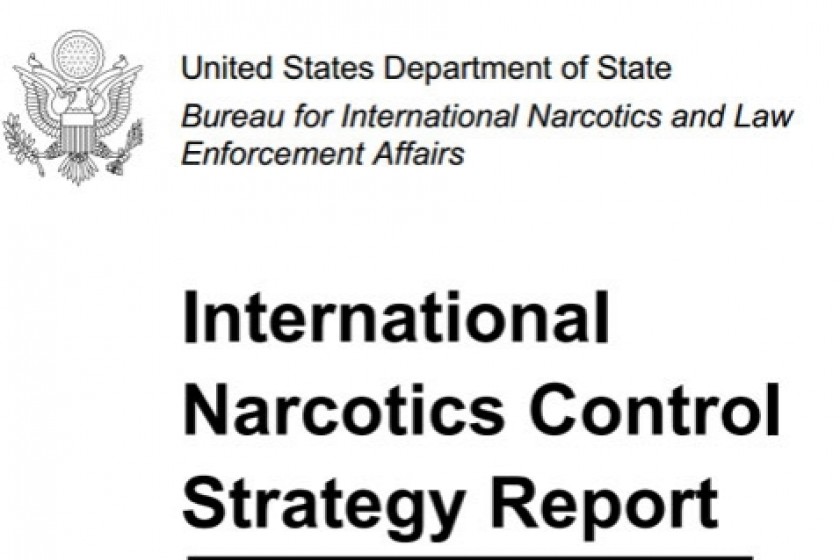
US Releases Report On Major Money Laundering Countries, Trends
Money laundering continues to pose a serious global threat, with 64 countries fitting the criteria for “major money laundering countries,” the State Department said in the second part of its annual International Narcotics Control Strategy Report (INCSR), released this week.
Those countries ranged from such financial powerhouses as the United States, the United Kingdom, Switzerland, and Singapore to offshore hubs like the British Virgin Islands, the Bahamas, and Cyprus. Finally, the list also included countries without relatively low financial activity but high laundering risk due to robust drug networks and shoddy law enforcement.
The full list of 64 countries, which are the exact same 64 included in last year’s report, can be found here. Since 2011, no jurisdictions have been subtracted from the list and only two have been added: Curacao and St. Maarten. The two, both islands in the Caribbean, are autonomous entities within the Kingdom of the Netherlands and serve as drug transshipment points for drugs traveling from South America to Europe.
Each year the INCSR report focuses as much on money laundering as on drug trafficking, for the simple reason that the two are inextricably connected. In fact, countries’ classification in the report as “major money laundering countries” is based on whether their financial institutions deal significantly with proceeds from international drug trafficking crime, rather than on their legal frameworks for regulation or their cooperation in international regulation efforts.
The connection is a two-way street: major drug through-ways are likely to have weak rule of law, which allows for money laundering; at the same time, incoming floods of illicit funds – which money laundering allows – tend to lead to the breakdown of law enforcement and the corruption of public officials.
Among the trends the report highlighted were merchandise smuggling and hacker-gangster collaboration. Smuggled merchandise is a way to launder money while avoiding banks, and its use has grown exponentially in recent years, the INCSR said. It’s particularly popular in South America, where goods bought with drug money on the black market peso exchange (BMPE), are smuggled into Colombia, avoiding taxes, tariffs, and customs duties. In other trade-based money laundering schemes, goods are over- or under-invoiced to transfer value, according to the report.
In Russia, traditional organized crime figures are increasingly collaborating with highly-skilled hackers to manipulate the financial sector in another trend that the INCSR noted was present worldwide as well.
Overall, the report concluded, $1.6 trillion, or 2.7 percent of global Gross Domestic Product, was laundered in 2009, according to the United Nations Office on Drugs and Crime’s estimates for the most recent year on record.
https://reportingproject.net/occrp/index.php/en/ccwatch/cc-watch-briefs/1874-us-releases-report-on-major-money-laundering-countries-trends
 Videos
Videos Photos
Photos
Write a comment